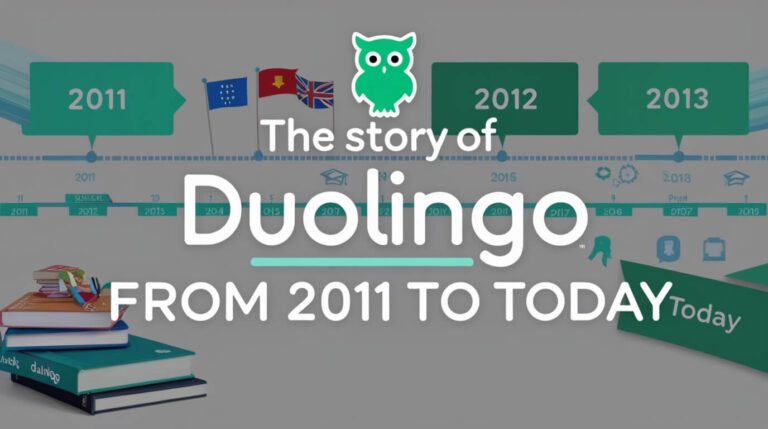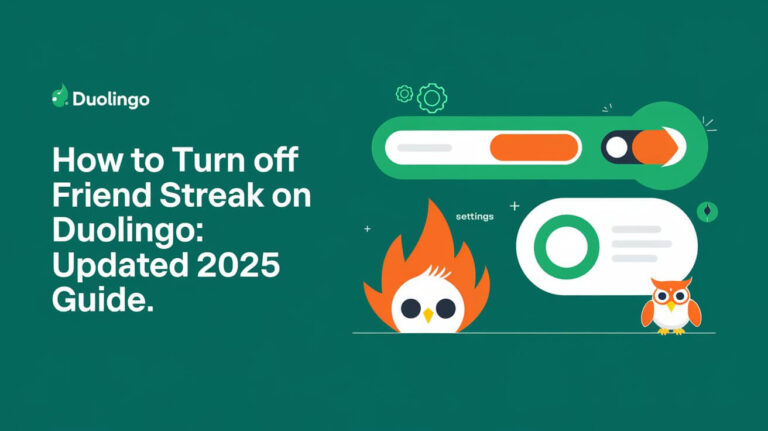Duolingo is a widely popular language learning app that has revolutionized the way people approach mastering new languages. With its gamified approach, interactive lessons, and diverse course offerings, Duolingo has made language acquisition an engaging and accessible pursuit for millions of users around the world.
Duolingo’s Diverse Language Offerings
One of the standout features of Duolingo is the sheer breadth of languages it offers. The app currently provides courses for over 40 languages, catering to speakers of various native tongues. Whether you’re interested in learning a commonly spoken language like Spanish, French, or German, or exploring a more niche option like Navajo, Klingon, or High Valyrian, Duolingo likely has a course available.
The Benefits of Learning Multiple Languages on Duolingo
Duolingo’s flexibility allows users to explore and learn multiple languages simultaneously. This can be incredibly beneficial for several reasons:
- Improved Cognitive Function: Research has shown that being multilingual can enhance brain function, improving memory, problem-solving skills, and cognitive flexibility.
- Enhanced Career Opportunities: Proficiency in multiple languages can open up a wider range of job opportunities, especially in fields like international business, diplomacy, and tourism.
- Deeper Cultural Understanding: Learning a new language allows you to gain a deeper appreciation for the cultural traditions, customs, and perspectives of the people who speak it.
- Increased Travel Experiences: Being able to communicate in the local language can significantly enhance your travel experiences, making it easier to navigate new environments, connect with locals, and immerse yourself in the destination.
Steps to Add a New Language on Duolingo
Adding a new language to your Duolingo account is a straightforward process, whether you’re using the mobile app or the web-based platform.
Adding a New Language on the Duolingo App
- Open the Duolingo app on your iOS or Android device and log in to your account.
- Tap the Home icon at the bottom left of the screen, then tap the Flag icon in the top left corner. This represents your active language.
- Select the “+ Course” option.
- From the list of available languages, choose the one you want to start learning. Tap “Continue” to begin your new language course.
Switching Between Languages on Duolingo
Once you’ve added a new language to your Duolingo account, you can easily switch between your active languages:
- Repeat steps 1 and 2 from the previous section.
- Instead of selecting “+ Course,” choose the flag icon representing the language you want to switch to.
- Your Duolingo app will now display the course and progress for your newly selected language.
Switching languages doesn’t affect your course progress. Duolingo tracks your advancement in each language separately. You can move between languages freely without losing progress.
Tips for Effectively Learning Multiple Languages on Duolingo
While Duolingo makes it easy to add and switch between languages, learning multiple languages simultaneously can present some challenges. Here are a few tips to help you navigate the process effectively:
Balancing Your Language Studies
When learning multiple languages on Duolingo, it’s essential to find a balance that works for you. Trying to juggle too many languages at once can lead to confusion and slower progress. Consider dedicating focused periods of time to each language, or setting a schedule that allows you to devote consistent attention to your studies.
Removing a Language from Duolingo
If you decide that a particular language is no longer a priority or you want to pause your studies, you can remove it from your Duolingo account. Keep in mind, however, that removing a language will reset your progress in that course, so be sure to make an informed decision before taking this step.
The Path to Becoming a Polyglot with Duolingo
Mastering multiple languages can open up a world of opportunities and personal growth. With Duolingo’s comprehensive language offerings and user-friendly approach, the path to becoming a polyglot (someone who speaks multiple languages fluently) is more accessible than ever.
Understanding the Levels of Language Fluency
Language fluency is often categorized into various levels, ranging from beginner to advanced. Duolingo’s courses are designed to align with the Common European Framework of Reference for Languages (CEFR), which defines six proficiency levels:
- A1 (Beginner)
- A2 (Elementary)
- B1 (Intermediate)
- B2 (Upper Intermediate)
- C1 (Advanced)
- C2 (Proficient)
By consistently practicing and progressing through Duolingo’s lesson plans, you can systematically work your way up the fluency scale, ultimately reaching the level of a polyglot.
How Duolingo Can Help You Become a Polyglot
Duolingo’s innovative approach to language learning, coupled with its vast array of course offerings, makes it an invaluable tool for those aspiring to become polyglots. The app’s gamified structure, personalized lessons, and real-time feedback can help you develop a strong foundation in multiple languages, while maintaining an engaging and enjoyable learning experience.
Moreover, Duolingo’s community-driven model, which incorporates contributions from language experts and native speakers, ensures that its courses are tailored to the needs and nuances of each language. This attention to detail can be particularly beneficial for learners looking to achieve a high level of fluency across several languages.
By consistently engaging with Duolingo’s language courses, setting attainable goals, and supplementing your studies with additional resources, you can steadily progress towards the coveted title of polyglot. The journey may require dedication and patience, but the cognitive, cultural, and professional benefits of mastering multiple languages make it a truly rewarding pursuit.
In conclusion,
Duolingo offers an accessible and effective platform for adding new languages to your repertoire. Whether you’re a language enthusiast, a globetrotter, or simply someone looking to expand your horizons, Duolingo’s diverse course offerings and user-friendly approach can help you unlock the doors to multilingualism. So why not embark on your language learning journey today and see how far Duolingo can take you on the path to becoming a true polyglot?







